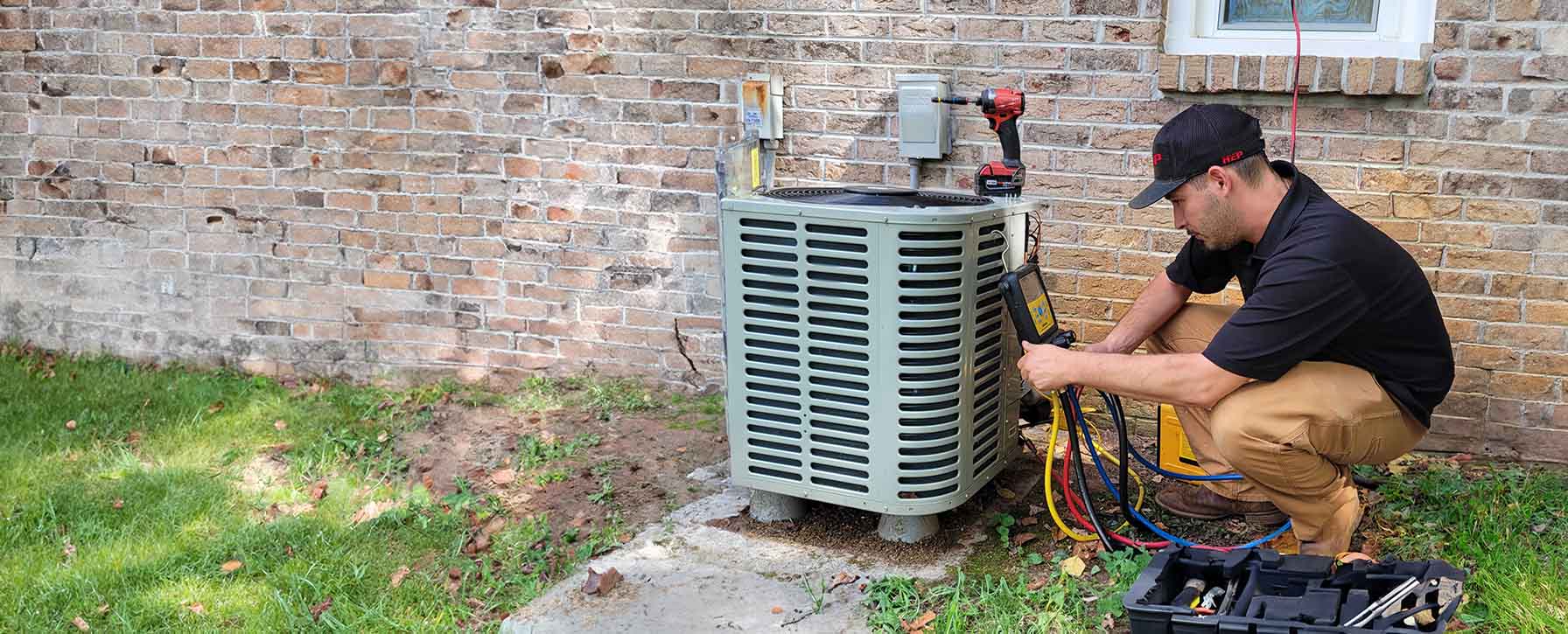

Air Purification
Your trusted partner for professional home services. Quality workmanship, guaranteed satisfaction.




- HEP
- Air Purification
Air Purification | Ventilation and Air Quality | Heating and Air Conditioning | Tullahoma
Breathe easier in Tullahoma with HEP’s specialized air purification, heating, and cooling solutions. Our certified technicians integrate hospital-grade filtration, UV light sterilization, and smart-controlled airflow into new or existing HVAC systems, eliminating up to 99% of airborne pollutants while optimizing energy efficiency. From seasonal pollen and pet dander to lingering cooking odors, we custom-tailor defenses that keep every cubic foot of your home feeling crisp, comfortable, and allergen-free.
Because healthy living starts with superior ventilation and air quality, we back every installation with 24/7 emergency support, transparent pricing, and a satisfaction guarantee. Schedule your complimentary in-home consultation today, and discover why neighbors across Coffee County trust HEP to turn their houses into havens of fresh, clean air all year long.
FAQs
Why is indoor air quality a major concern for homes and businesses in Tullahoma?
Tullahoma’s warm, humid summers and mild, often damp winters create a breeding ground for mold, dust mites, and bacteria. In addition, seasonal pollen from surrounding forests and fields can infiltrate buildings and aggravate allergies and asthma. Because most homes are tightly sealed for energy efficiency, these contaminants become trapped inside and recirculate through the HVAC system. Poor indoor air quality (IAQ) can lead to respiratory irritation, lingering odors, and reduced HVAC efficiency. A dedicated air-purification or ventilation strategy helps remove airborne pollutants, balance humidity, and deliver fresher, healthier air year-round.
What air purification and ventilation products do you offer and how do they work?
We install a full line of whole-home solutions that integrate with your existing heating and air-conditioning equipment: • High-MERV and HEPA media filters – capture 99% of dust, pollen, and pet dander. • Electronic air cleaners – use electrostatic charge to trap microscopic particles without significant airflow restriction. • UV-C germicidal lamps – mounted inside ductwork or over evaporator coils to neutralize viruses, bacteria, and mold. • Photocatalytic oxidizers – break down VOCs (chemical odors, smoke) into harmless by-products. • Energy/Heat Recovery Ventilators (ERV/HRV) – exchange stale indoor air with filtered outdoor air while transferring up to 80% of heating or cooling energy. We size and pair these devices based on your home’s square footage, existing duct design, and specific IAQ concerns.
How often should I change or clean HVAC and air-purifier filters?
Frequency depends on filter type, system usage, and lifestyle factors (pets, smokers, high allergy sensitivity): • Standard 1-inch pleated filters: every 30–60 days. • 4–5-inch high-MERV media cartridges: every 6–12 months. • HEPA canisters: annually, or as pressure drop indicates. • Washable electrostatic cells: rinse monthly; deep-clean quarterly. Check filters more frequently during peak pollen season (spring) and high-use periods (mid-summer and mid-winter). A clogged filter restricts airflow, forcing the blower motor to work harder, which can raise utility bills and shorten equipment life.
Can a whole-home air purifier really help my allergies and asthma?
Yes. A properly sized purifier equipped with high-MERV or HEPA filtration removes up to 99.97% of airborne particles down to 0.3 microns, including pollen, mold spores, pet dander, and dust mite debris—common triggers for allergy and asthma flare-ups in Middle Tennessee. Adding UV-C lights further reduces microbial growth on coils and in ductwork, preventing mold fragments from circulating. The result is cleaner, drier air that reduces respiratory irritation, provides more restful sleep, and limits allergy medication dependence.
What services do you provide to maintain good ventilation and air quality after installation?
Our IAQ maintenance plans include: • Semi-annual HVAC tune-ups to verify airflow, refrigerant charge, and coil cleanliness. • Filter replacement or cleaning on a scheduled basis. • UV-lamp bulb changes (typically every 12–24 months). • ERV/HRV core inspection and cleaning to keep heat-exchange efficiency high. • Ductwork inspections for leaks, insulation gaps, or microbial growth; sealing and sanitizing as needed. • Humidity audits to ensure indoor levels stay between 30–50%, preventing mold and static electricity. Keeping these components serviced protects your investment, maximizes energy efficiency, and sustains healthy indoor air.
Will adding an air-purification or ventilation system increase my energy bills?
Modern IAQ equipment is designed for low power consumption. A whole-home electronic air cleaner draws about the same wattage as a standard light bulb (40–60 W). UV-C lamps use 18–36 W each, and ERV/HRV fans average 70–150 W while recovering 60–80% of your heating or cooling energy. In many cases, cleaner coils and balanced airflow actually improve HVAC efficiency, offsetting the small electrical load. Our team sizes each device to your duct system to prevent static-pressure spikes that could raise blower energy use. Net cost to operate is usually a few dollars per month—often less than running a single portable purifier in one room.